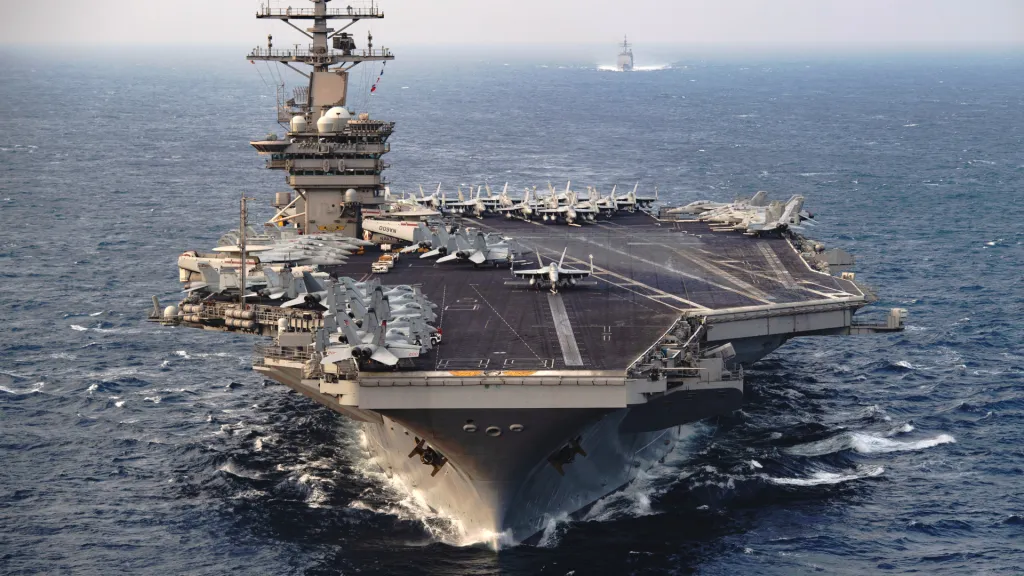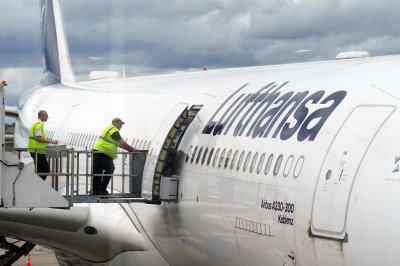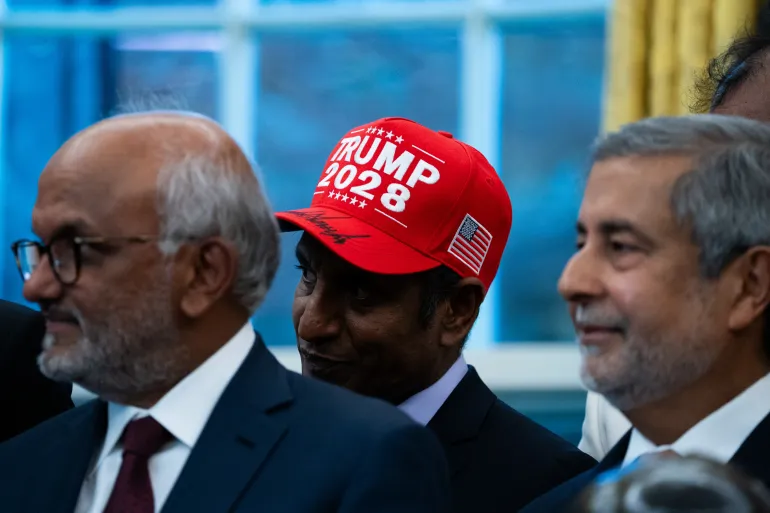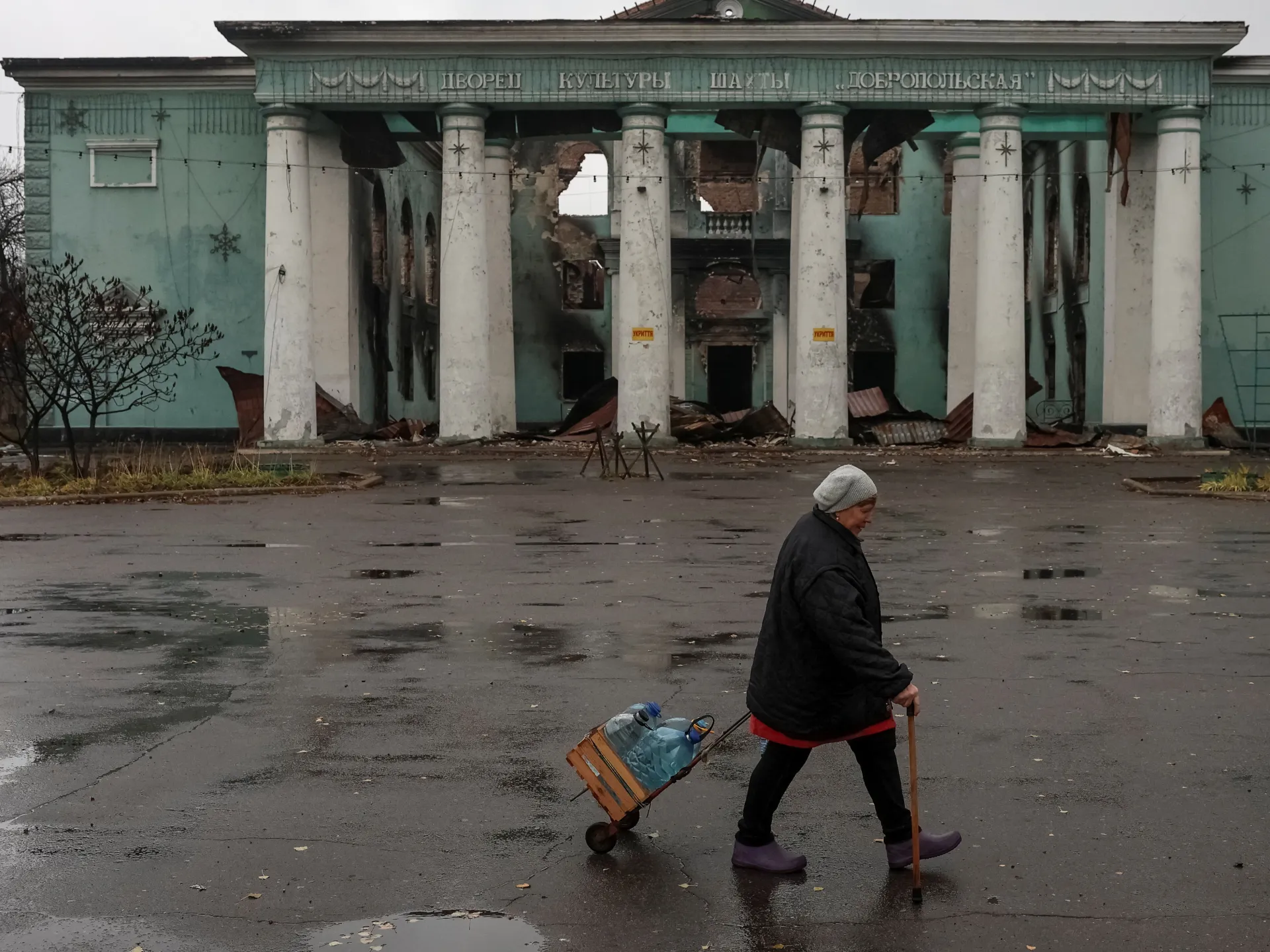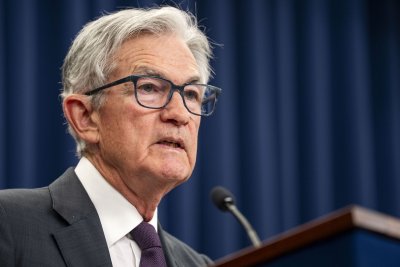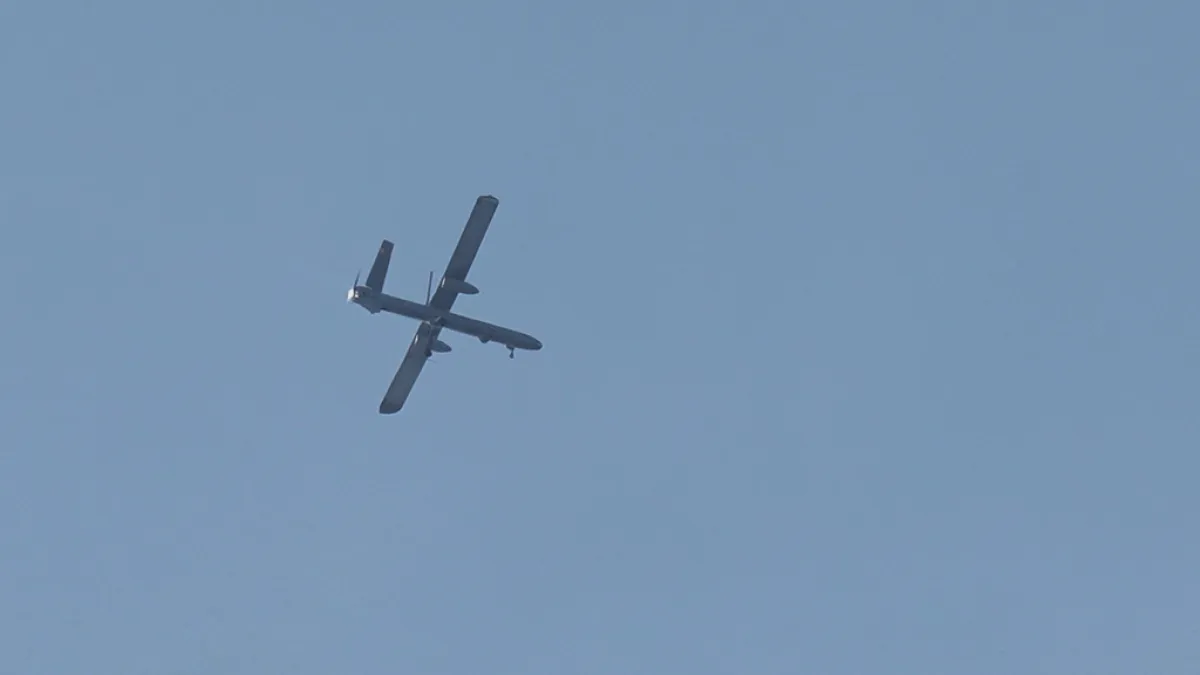The Terror Strategy Behind Fuel Shortages Crippling Mali
On a hot October morning, fuel pumps at a dozen service stations in Bamako, the capital of Mali, sputtered to a stop. Drivers who had spent hours waiting in line left empty-handed. Motorbikes, taxis, and vans idled where they stood. Market stalls that depended on refrigeration closed early. Hospitals began counting fuel reserves.
What appeared to Mali residents as an everyday shortage was, in fact, the result of a deliberate, sustained campaign by Jama’at Nusrat al-Islam wal-Muslimin, known as JNIM, an Al-Qaeda affiliate operating in the Sahel, to choke the flow of fuel into the country. The group has moved beyond hit-and-run attacks to economic warfare, burning tankers, ambushing convoys, and enforcing a de facto embargo on fuel imports.
Videos shared online after the Oct. 21 attack showed dozens of burning tankers in Zégoua, near the border with Côte d’Ivoire. JNIM later released a propaganda message claiming responsibility for ambushing 37 vehicles that day.

The first publicly reported attacks began in early September, when the group blocked routes to Kayes and Nioro du Sahel in western Mali, bordering Mauritania and Senegal. That same day, Sept. 3, JNIM reportedly abducted six fuel tanker drivers from Senegal.
Despite an increased military presence, the jihadists struck again on Sept. 13 and 14, torching over 40 tankers under military escort while transporting from Senegal to Mali along the Diédiéni–Kolokani corridor.
The consequences have rippled far beyond queues at fuel stations. There is currently a sharp inflation that has affected commercial activities. Mines operations have also slowed, and there is a steady erosion of the state’s control over basic life. Across the country, schools have also been closed, further disrupting daily life and cutting several young people off from education.
The residents of Mali expressed their grievances, urging the military junta led by Assimi Goita to step up the fight and counter the group’s atrocities.
JNIM has also sought to control the narrative. In a video released in early September, a spokesperson justified the blockade as retaliation against what he called “the bandit government’s persecution of the population” and “the closure of gas stations”.

This rhetoric points to a deeper cause. Mali’s government recently banned the sale of fuel outside official stations, a measure meant to disrupt the jihadists’ supply chains.
Blockades and ambushes
Mali is a landlocked country in West Africa, and it imports most of its fuel by road from Senegal and Côte d’Ivoire. Convoys, sometimes more than 100 tankers, travel through routes to Bamako, and that includes passing through jihadist-controlled areas.
JNIM have staged checkpoints on key routes where they conduct their attacks by igniting the lead vehicles to create conflagrations. They have destroyed dozens of tankers, with a single ambush in mid-September affecting at least 40 tankers. Videos circulated online showed burning wrecks and stranded drivers.
The attacks are designed to make transport by road both physically dangerous and economically untenable. As a result, many private companies have stopped sending fuel tankers; others now insist on military escorts, which often become targets in themselves, and neighbouring countries hesitate to transit fuel through overtly dangerous routes.
Analysts note that by choking off fuel transport, JNIM aims to undermine public confidence in the junta’s competence, stir unrest, and increase its leverage in negotiating local control, taxation, or governance arrangements in contested areas. The approach aligns with Al-Qaeda’s long-standing strategy of exploiting social grievances and state fragility to entrench influence.
The group’s broader objective is to pressure Mali’s military government, which seized power in a coup five years ago, while expanding its own authority through informal taxation and control of smuggling routes. JNIM now holds sway over vast areas of Mali, particularly across the tri-border zone with Burkina Faso and Niger.
The economic shock
Since the start of the attacks, Bamako and other urban centres have seen fuel queues stretch for hours and a surge in black-market operations, the very activity the government intended to stamp out in its recent ban.
One video posted on X on Oct. 23 captured the desperation: a long procession of cars trailing a fuel tanker to a station, hoping to secure a few litres.

The shortages have cascaded through every layer of the economy. Power supply has been hit as electricity utilities begin implementing emergency plans amid dwindling diesel reserves. For households dependent on private generators, costs have spiked overnight.
The price of goods transported by road has risen sharply in markets across Mali. Small traders who buy fresh produce daily for resale in Bamako say profits have evaporated. For ordinary families, higher transport costs translate directly into more expensive food.
Reports from the weeks following the convoy attacks documented widespread closures of petrol stations and soaring costs of travel and delivery. The military halted certain deliveries to mines over security concerns, and some tankers destined for large gold operations were stopped to avoid creating easy targets.
For a country already weakened by years of conflict, coups, and economic instability, the fuel blockade has become a multiplier of hardship, a crisis that compounds every existing vulnerability.
Losing the grip
At first glance, the scarcity hurts everyone, and JNIM gains leverage.
By controlling or denying access to commodities, the group converts scarcity into political capital. In areas under its influence, it already collects taxes, fines, and “security levies” from traders. Smugglers who can move fuel through alternative routes find new profit, often paying bribes or cutting deals with armed groups to secure passage.
Meanwhile, formal businesses tied to regulated supply chains and formal employment lose trust and capacity. Local elites who depend on state contracts feel the pinch. The junta, unable to guarantee basic services, faces a mounting legitimacy crisis. Analysts warn that such conditions hollow out institutions and entrench shadow economies, allowing parallel systems of governance to take root.
The government’s response has been uneven; part denial, part damage control. Initially, officials blamed the shortages on heavy rains delaying tanker arrivals. But when JNIM released its propaganda videos claiming responsibility, public outrage forced an acknowledgement of the crisis.
“The sellers should make things easy for the population; the hydrocarbon sellers should not raise the prices at this time of crisis,” said one resident in Bamako, interviewed by DW Africa, voicing his frustration over the difficulties of getting the fuel.
The armed forces have since launched airstrikes, escorted convoys, and convened emergency committees to protect fuel shipments. Yet these measures have proven costly and largely ineffective.
Transitional Prime Minister Abdoulaye Maïga, who convened an interministerial crisis management committee, announced further steps, including price controls, new regional depots, and increased convoy protection, but they have done little to stem the attacks. Some local reports suggest negotiations or attempts at local truces in areas where the terrorists have influence, but negotiations are politically sensitive for a government that prizes a posture of strength.
Complicating the situation further is the evolving role of foreign paramilitaries. The Wagner Group’s replacement by the so-called Africa Corps has yet to yield stability, and persistent accusations of human rights abuses risk undermining their counterterrorism efforts.
The longer the blockade continues, the sharper the choices before Mali’s leaders: concede territory and influence to armed groups, or escalate military operations that risk civilian casualties and further infrastructure damage. Either way, the cost of control grows heavier with each passing week.


